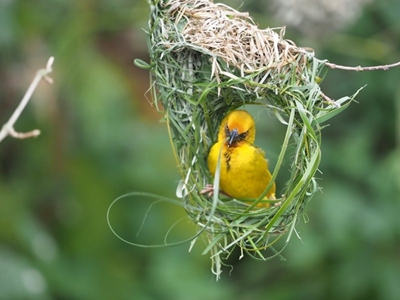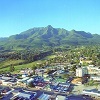GEORGE NEWS - The timing of the recent controlled burns in Denneoord and Saasveld has drawn public concern, as residents noted that it coincided with the bird nesting season.
Chief Fire Officer Neels Barnard responded to George Herald's enquiries regarding the timing of the burns, particularly the operation in Denneoord that took place on a day when temperatures reached 35°C.
"Although the burn day was notably warm, weather conditions were monitored for a full week beforehand to ensure safe and effective operations. Despite the temperature, all key factors, including wind speed, humidity and fuel moisture were within operational safety limits," said Barnard. "The Fire Danger Index [FDI] for that day, as issued by the South African Weather Service, was yellow for George, indicating safe conditions for burning.
"Ecological considerations are built into the timing and planning of all controlled burns. Operations are conducted in block sections, ensuring that wildlife has safe adjacent areas to move to during the burn. The focus remains on dense alien vegetation, while areas containing indigenous plant species are carefully avoided where possible. Although minor collateral impacts on small wildlife can occasionally occur, such effects are minimised through planning. The overall environmental benefit, including improved water retention, restoration of indigenous vegetation, and the suppression of invasive species, outweighs these limited losses."
 A bird nesting in a tree. Photo: Sanjay Lalwani
A bird nesting in a tree. Photo: Sanjay Lalwani
Barnard said the burns form part of the Kat River Project, aimed at addressing George's ongoing water crisis. "Controlled burns are currently the most effective method of reducing alien invasive plant species in large areas without relying solely on manual clearing," he said. "The infestation of wattles is severe, and since a single wattle tree can consume up to 70 litres of water per day, their removal significantly improves groundwater absorption and natural runoff into rivers and dams."
The controlled burn season typically ends around November or December, depending on weather patterns. "With the onset of predicted November rains, the department aimed to complete as much work as possible within the safe burning window," said Barnard.
‘We bring you the latest Garden Route, Hessequa, Karoo news’

















